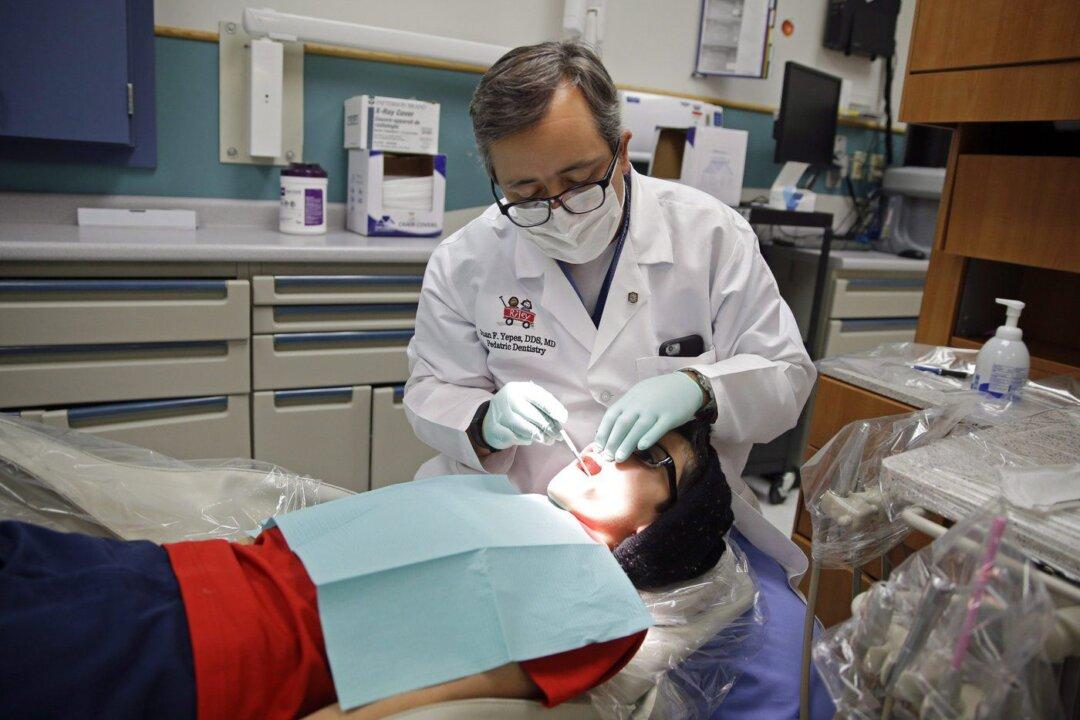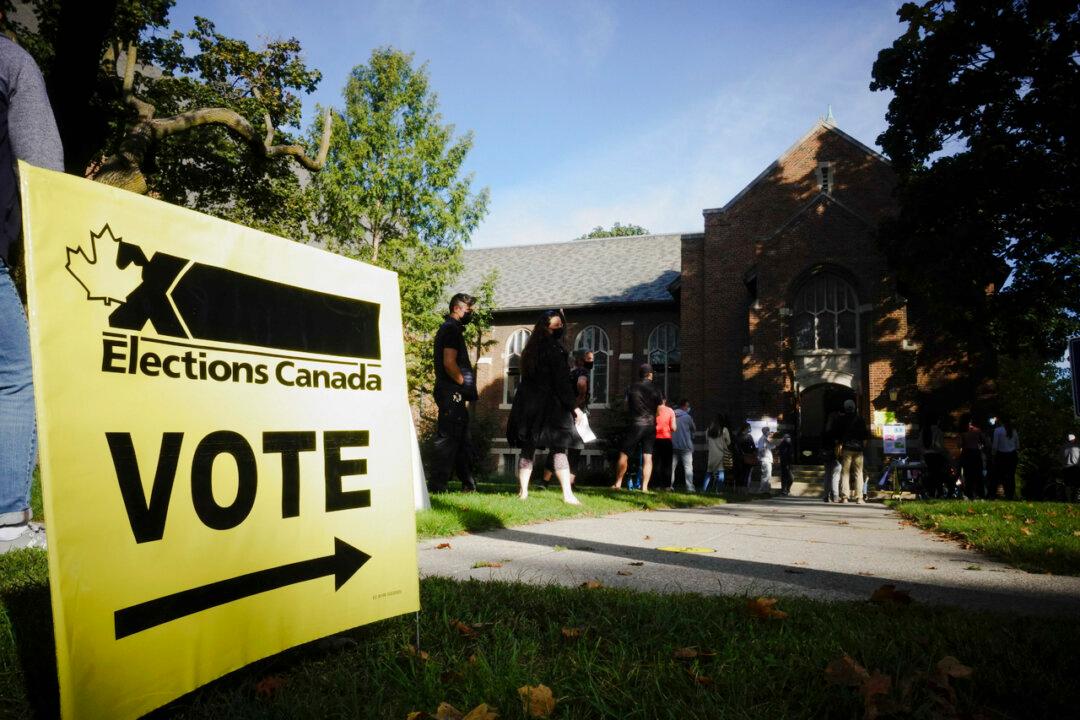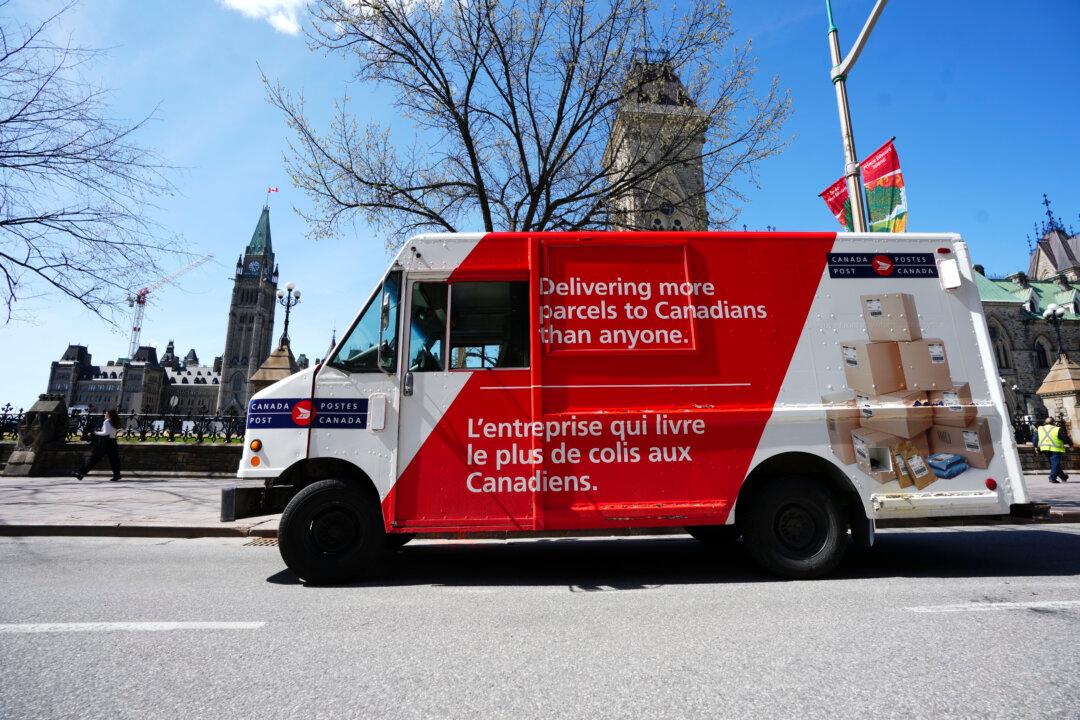Commentary
Prime Minister Justin Trudeau rolled out the Canada Dental Benefit, or national dental care plan, during his visit to Western University’s dental school on Dec. 1. “This is all part of our plan to make life more affordable for Canadians,” the PM said triumphantly. He firmly believes this program will curry favour with the general public.





